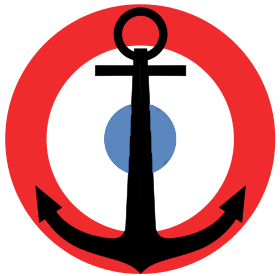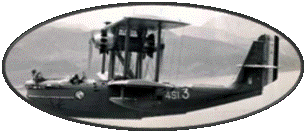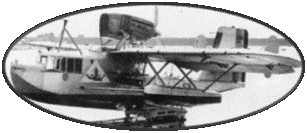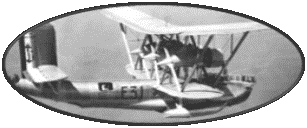History
of the Ship
Le "Georges-Leygues"
is the 4th of six light cruisers of the Class of the same name.
Their construction is close to that of their recent predecessor:
Emile Bertin. The construction of the first of these new cruisers
began only two months after Emile Bertin. However, the new ship
show a clear improvement over Emile Bertin, and they will be, for
foreign navies, a fine example of French excellence. Thus, the square
prow, favorable to the drag and their truncated stern will be found
in foreign naval constructions. The launch of the cruisers La Galissonnière,
Jean de Vienne, La Marseillaise, Glory, Montcalm and Georges Leygues
spread between 1933 and 1936 with launches between 1935 and 1937.
Compared with Emile Bertin, the protection and robustness of these
6 new ships was improved as well as stability. The anti-aircraft
artillery consisted of excellent 90mm guns, completed after 1941
by the addition of 7 pieces of smaller caliber. They had, moreover,
of a consequent aeronautical equipment with the boarding of two
loire 130 in vast hangars in the back of the ship. They were slower,
however, and had reliability problems with their Parsons turbines.
The construction of
"Georges-Leygues" started in 1933 at "Ateliers and
Chantiers de Penhoët" in Saint Nazaire. It is launched
March 24, 1936, and its construction ends December 4, 1937.
Initially named "Chateaurenault",
it will be renamed "Georges-Leygues" on September 13,
1933, after the death of the former minister of the same name who
was at the origin of the renewal of the fleet.
When he was commissioned,
he joined the 4th Division of Cruisers of the Atlantic Squadron.
The cruiser will be the victim of a collision with the torpedo boat
"Bison", February 2, 1939. The "Georges-Leygues"
is slightly damaged, but the "Bison" will be cut in two
... In July 1939, with 4 Wing , he joined the port of New York on
the occasion of the International Exhibition.
After entering the
war, the cruiser is part of the "Raid Force", based in
Brest, surrounded by fast destroyers. In April 1940, the squadron
joined Mers-el-Kebir, before returning to Toulon.
After the Armistice,
September 9, 1940, the "Georges-Leygues" joined Dakar.
On September 23 and 25, he will fight against the English and the
free French. He will join the French Free Naval Forces and will
be transferred in February 1943 to the United States, in Philadelphia
where he will be upgraded. In November of the same year, it is found
in Gibraltar and Dakar in early December. From this port, he will
conduct patrols in the Atlantic. In early 1944, he joined the port
of Oran, North Africa, base he will leave in April to reach the
port of Scapa-Flow, in Britain to participate in the imminent landing,
Some sailors of Georges-Leygues will hoist the French flag at the
top of the belfry of Port en Bessin. Since his return from the United
States, Georges-Leygues, will make nearly 90 prisoners during his
various clashes.
After landing in Normandy,
he returned to North Africa, to prepare the landing of Provence
this time. It will be the first ship to enter the harbor of Toulon
on September 13, 1944. In January 1945, it will take part in attacks
against the Italian coast.
From May 1945 to January
1946, it underwent a deep redesign in the port of Casablanca, before
joining the port of Toulon.
After World War II
he will fight in Indochina. He left the port of Toulon in May 1954,
and joined the port of Saigon, June 20, with the cruiser Montcalm.
Saigon on June 20th. It will provide support to the ground troops,
and will be used as transport. In 1956, he participated in the Franco-British
operations of the Suez Canal.
He retired from active
service in November 1959 and will serve for various tests. His career
ended definitively on July 19, 19360 when he served as a target
off Toulon. It will be hit by 7 active AS20 missiles ... The Georges-Leygues
will finally be ironed in 1961.









